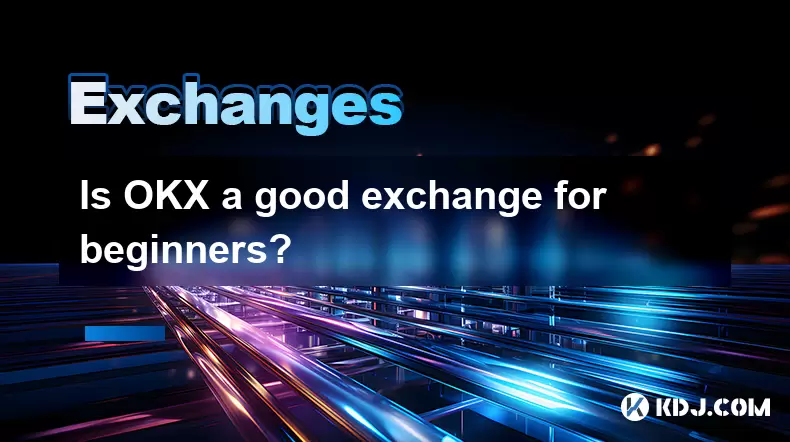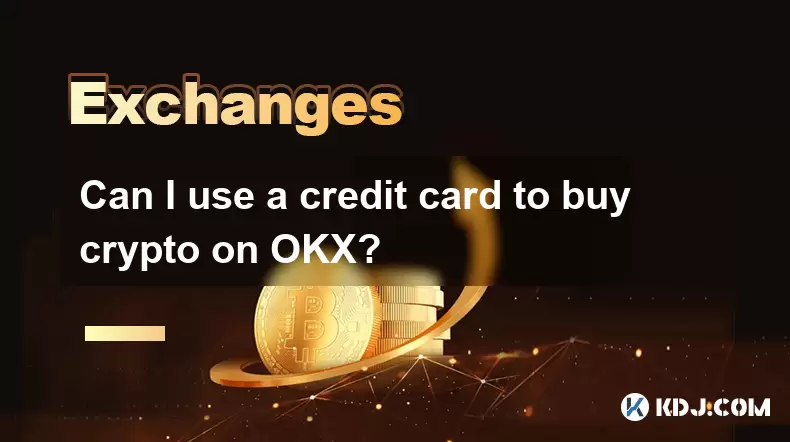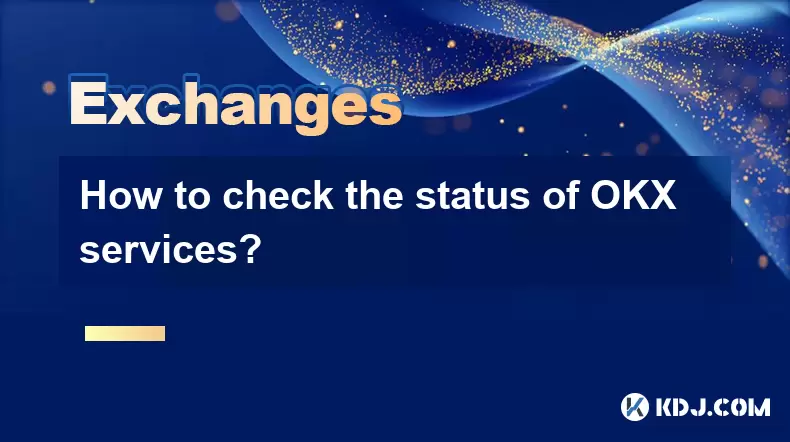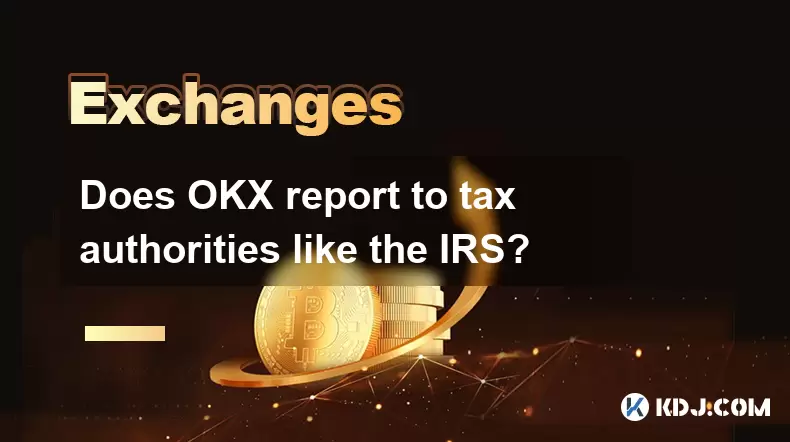-
 Bitcoin
Bitcoin $108,017.2353
-0.81% -
 Ethereum
Ethereum $2,512.4118
-1.58% -
 Tether USDt
Tether USDt $1.0002
-0.03% -
 XRP
XRP $2.2174
-1.03% -
 BNB
BNB $654.8304
-0.79% -
 Solana
Solana $147.9384
-1.76% -
 USDC
USDC $1.0000
-0.01% -
 TRON
TRON $0.2841
-0.76% -
 Dogecoin
Dogecoin $0.1636
-2.09% -
 Cardano
Cardano $0.5726
-1.72% -
 Hyperliquid
Hyperliquid $39.1934
1.09% -
 Sui
Sui $2.9091
-0.59% -
 Bitcoin Cash
Bitcoin Cash $482.1305
0.00% -
 Chainlink
Chainlink $13.1729
-1.54% -
 UNUS SED LEO
UNUS SED LEO $9.0243
-0.18% -
 Avalanche
Avalanche $17.8018
-1.90% -
 Stellar
Stellar $0.2363
-1.69% -
 Toncoin
Toncoin $2.7388
-3.03% -
 Shiba Inu
Shiba Inu $0.0...01141
-1.71% -
 Litecoin
Litecoin $86.3646
-1.98% -
 Hedera
Hedera $0.1546
-0.80% -
 Monero
Monero $311.8554
-1.96% -
 Dai
Dai $1.0000
-0.01% -
 Polkadot
Polkadot $3.3473
-2.69% -
 Ethena USDe
Ethena USDe $1.0001
-0.01% -
 Bitget Token
Bitget Token $4.3982
-1.56% -
 Uniswap
Uniswap $6.9541
-5.35% -
 Aave
Aave $271.7716
0.96% -
 Pepe
Pepe $0.0...09662
-1.44% -
 Pi
Pi $0.4609
-4.93%
How to view Coinbase deposit records? Is it convenient to export details?
To view your Coinbase deposit records, log into your account, navigate to the Transactions tab, filter for deposits, and export the details in CSV or PDF format for secure storage.
Apr 28, 2025 at 08:35 pm

Coinbase is one of the leading cryptocurrency exchanges globally, offering users a secure platform to buy, sell, and manage their digital assets. One of the essential features for users on such platforms is the ability to view and manage their transaction records, including deposits. In this article, we will delve into how you can view your Coinbase deposit records and explore the convenience of exporting these details.
Accessing Your Coinbase Account
To begin, you must log into your Coinbase account. If you are not already registered, you will need to create an account. Once logged in, navigate to the dashboard, which serves as the central hub for all your activities on Coinbase.
- Visit the Coinbase website or open the Coinbase app on your mobile device.
- Enter your email address and password.
- If you have enabled two-factor authentication (2FA), enter the code sent to your mobile device.
- After successful login, you will be directed to your dashboard.
Navigating to Transaction History
Once on the dashboard, you need to find your transaction history. This section will contain all your deposit and withdrawal activities.
- Click on the Transactions tab located on the top menu bar.
- This will open a new page displaying a list of all your recent transactions, including deposits, withdrawals, and trades.
Viewing Deposit Records
Within the transaction history, you can filter and view specific types of transactions, such as deposits.
- Use the filter options to select Deposits. This will narrow down the list to only show incoming transactions.
- You can further filter by date range, asset type, or status to find the specific deposit records you are looking for.
- Click on any deposit transaction to view detailed information, including the amount, date, and transaction ID.
Exporting Transaction Details
Coinbase provides a convenient feature to export your transaction details for record-keeping or tax purposes.
- From the transaction history page, locate and click on the Export button, usually found at the top right corner of the list.
- A dialog box will appear, prompting you to select the date range for the transactions you want to export.
- Choose the desired format for the exported file, such as CSV or PDF.
- After selecting your preferences, click on Export. Coinbase will then prepare your transaction data and send you an email with a download link.
- Click on the link in the email to download the file to your device.
Verifying the Exported Data
Once you have downloaded the exported file, it is crucial to verify the accuracy of the data.
- Open the file using a compatible application, such as Microsoft Excel for CSV files or Adobe Reader for PDF files.
- Check that all your deposit records are included and that the details match what you see on the Coinbase platform.
- Ensure that the file contains all necessary information, such as transaction dates, amounts, and transaction IDs.
Managing and Storing Exported Files
After verifying the exported data, you should consider how to manage and store these files securely.
- Store the files in a secure location, such as an encrypted external hard drive or a cloud storage service with strong security measures.
- Consider creating backups of these files to ensure you do not lose important transaction records.
- If you need to share these records with a third party, such as an accountant, ensure you use a secure method of transmission, such as encrypted email or a secure file-sharing service.
Frequently Asked Questions
Q1: Can I view my Coinbase deposit records on the mobile app?
Yes, you can view your deposit records on the Coinbase mobile app. The process is similar to the web version: log in, navigate to the Transactions tab, and filter for deposits. You can also export transaction details directly from the app.
Q2: Is there a limit to how far back I can export my transaction history?
Coinbase allows you to export your transaction history for up to 7 years. If you need records older than that, you may need to contact Coinbase support for assistance.
Q3: Can I automate the process of exporting my transaction data?
Currently, Coinbase does not offer an automated export feature. You will need to manually initiate the export process each time you need to download your transaction data.
Q4: How can I ensure the security of my exported transaction data?
To ensure the security of your exported transaction data, store the files in an encrypted format, use secure storage solutions, and limit access to only those who need it. Regularly update your security measures and consider using a VPN when accessing or transmitting sensitive data.
Disclaimer:info@kdj.com
The information provided is not trading advice. kdj.com does not assume any responsibility for any investments made based on the information provided in this article. Cryptocurrencies are highly volatile and it is highly recommended that you invest with caution after thorough research!
If you believe that the content used on this website infringes your copyright, please contact us immediately (info@kdj.com) and we will delete it promptly.
- Cryptos in July 2025: Massive Gains or Just Hype?
- 2025-07-05 20:30:13
- Pepe's EVM Layer 2 Meme Coin Mania: What's the Hype?
- 2025-07-05 20:50:12
- Shiba Inu, Dogecoin, and the Crypto Skyrocket: What's Making These Memes Soar?
- 2025-07-05 21:10:12
- Tokenized Stocks: Robinhood, Gemini, and the NYSE Threat
- 2025-07-05 21:10:12
- Altcoin Adventures: Navigating the Pepe Fork Frenzy and Solana's Summer Swings
- 2025-07-05 21:15:12
- Hong Kong's Tokenised Bond Leap: Zero Stamp Duty Sparks Web3 Ambitions
- 2025-07-05 20:30:13
Related knowledge

How to get API keys from OKX for trading bots?
Jul 03,2025 at 07:07am
Understanding API Keys on OKXTo interact with the OKX exchange programmatically, especially for building or running trading bots, you need to obtain an API key. An API (Application Programming Interface) key acts as a secure token that allows your bot to communicate with the exchange's servers. On OKX, these keys come with customizable permissions such ...

What is OKX Signal Bot?
Jul 02,2025 at 11:01pm
Understanding the Basics of OKX Signal BotThe OKX Signal Bot is a feature within the OKX ecosystem that provides users with automated trading signals and execution capabilities. Designed for both novice and experienced traders, this bot helps identify potential trading opportunities by analyzing market trends, technical indicators, and historical data. ...

Is OKX a good exchange for beginners?
Jul 03,2025 at 05:00pm
What Is OKX and Why Is It Popular?OKX is one of the leading cryptocurrency exchanges globally, known for its robust trading infrastructure and a wide variety of digital assets available for trading. It supports over 300 cryptocurrencies, including major ones like Bitcoin (BTC), Ethereum (ETH), and Solana (SOL). The platform has gained popularity not onl...

Can I use a credit card to buy crypto on OKX?
Jul 04,2025 at 04:28am
Understanding OKX and Credit Card PaymentsOKX is one of the leading cryptocurrency exchanges globally, offering a wide range of services including spot trading, derivatives, staking, and more. Users often wonder whether they can use a credit card to buy crypto on OKX, especially if they are new to the platform or looking for quick ways to enter the mark...

How to check the status of OKX services?
Jul 02,2025 at 11:14pm
What is OKX, and Why Checking Service Status Matters?OKX is one of the world’s leading cryptocurrency exchanges, offering services such as spot trading, futures trading, staking, and more. With millions of users relying on its platform for daily transactions, it's crucial to know how to check the status of OKX services. Downtime or maintenance can affec...

Does OKX report to tax authorities like the IRS?
Jul 03,2025 at 03:14pm
Understanding the Role of Cryptocurrency Exchanges in Tax ReportingCryptocurrency exchanges play a crucial role in facilitating digital asset transactions, but their responsibilities extend beyond trading and custody. As regulatory scrutiny intensifies globally, users are increasingly concerned about whether platforms like OKX report to tax authorities ...

How to get API keys from OKX for trading bots?
Jul 03,2025 at 07:07am
Understanding API Keys on OKXTo interact with the OKX exchange programmatically, especially for building or running trading bots, you need to obtain an API key. An API (Application Programming Interface) key acts as a secure token that allows your bot to communicate with the exchange's servers. On OKX, these keys come with customizable permissions such ...

What is OKX Signal Bot?
Jul 02,2025 at 11:01pm
Understanding the Basics of OKX Signal BotThe OKX Signal Bot is a feature within the OKX ecosystem that provides users with automated trading signals and execution capabilities. Designed for both novice and experienced traders, this bot helps identify potential trading opportunities by analyzing market trends, technical indicators, and historical data. ...

Is OKX a good exchange for beginners?
Jul 03,2025 at 05:00pm
What Is OKX and Why Is It Popular?OKX is one of the leading cryptocurrency exchanges globally, known for its robust trading infrastructure and a wide variety of digital assets available for trading. It supports over 300 cryptocurrencies, including major ones like Bitcoin (BTC), Ethereum (ETH), and Solana (SOL). The platform has gained popularity not onl...

Can I use a credit card to buy crypto on OKX?
Jul 04,2025 at 04:28am
Understanding OKX and Credit Card PaymentsOKX is one of the leading cryptocurrency exchanges globally, offering a wide range of services including spot trading, derivatives, staking, and more. Users often wonder whether they can use a credit card to buy crypto on OKX, especially if they are new to the platform or looking for quick ways to enter the mark...

How to check the status of OKX services?
Jul 02,2025 at 11:14pm
What is OKX, and Why Checking Service Status Matters?OKX is one of the world’s leading cryptocurrency exchanges, offering services such as spot trading, futures trading, staking, and more. With millions of users relying on its platform for daily transactions, it's crucial to know how to check the status of OKX services. Downtime or maintenance can affec...

Does OKX report to tax authorities like the IRS?
Jul 03,2025 at 03:14pm
Understanding the Role of Cryptocurrency Exchanges in Tax ReportingCryptocurrency exchanges play a crucial role in facilitating digital asset transactions, but their responsibilities extend beyond trading and custody. As regulatory scrutiny intensifies globally, users are increasingly concerned about whether platforms like OKX report to tax authorities ...
See all articles

























































































